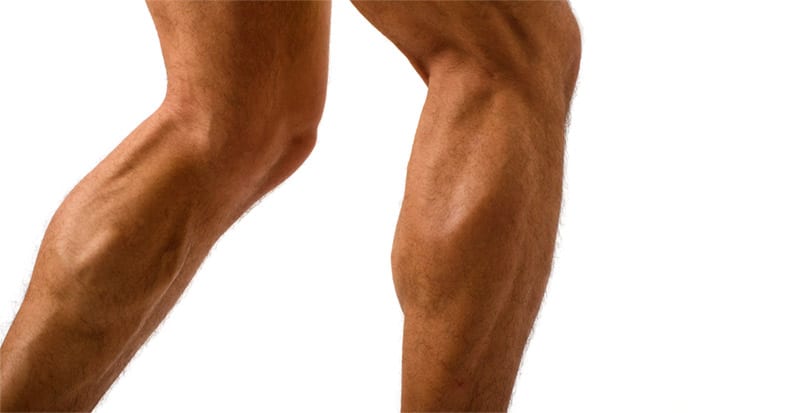At some point in time, most of us have had a “Charlie horse” or muscle cramp. In fact, 50% of adults over the age of 50 suffer from night cramps. Doctors of chiropractic are often asked by their patients, “Where do these come from? Why am I having these? What can I do to get rid of them?”
The most common type of muscle cramp is caused by exercise, hence the label “exercise-associated muscle cramps” (EAMC). Though EAMCs are common in both recreational and professional athletes, the actual cause remains unclear. Therefore, treatment is often based on anecdotal studies rather than sound scientific evidence.
With that said, a thorough analysis of previous studies published between 1955 and 2008 concluded that the two most widely discussed theories for the cause of EAMC are 1) dehydration and the resulting electrolyte imbalance/depletion and 2) neuromuscular causes. The authors of the analysis concluded that the actual cause is “…likely due to several factors coalescing to cause EAMC.” In other words, it’s sort of like “a perfect storm”, as several causes interact to result in the cramp, which is why treatment and prevention strategies for EAMC can vary considerably.
The recommended care for acute EAMC is to apply a steady, moderate static stretch to the muscle followed by gathering a proper history to determine if any predisposing conditions exist that can trigger EAMC. Prevention should focus on fluid and electrolyte balance (replacement) and/or neuromuscular training.
Specific physical problems that can increase the rate and/or intensity of muscle cramps include conditions affecting the endocrine system (hormonal imbalance), the metabolic system (loss of fluids and electrolytes), and/or the neurological system (such as nerve injury or damage). Common areas for muscle cramping include the calf, front of the thigh (quadriceps), and back of the thigh (hamstrings).
A thorough history and physical examination may include a nutritional assessment, which can lead to treatment strategies tailored for each unique, individual patient. Additionally, it’s a good idea to review what medications a patient is taking as they may play a role in the development of cramps. For example, diuretics commonly prescribed for high blood pressure and other heart-related conditions may lead to potassium depletion.
Some helpful natural remedies for those with persistent muscle cramping may include a mineral/electrolyte replacement such as calcium, potassium, and/or magnesium. Anti-inflammatory nutritional care such as ginger and turmeric and/or muscle relaxing approaches such as valerian root can also be helpful. Other anti-cramping natural substances include Cassia oil and capsaicin. Riboflavin has been used preventatively with success as well.
Thousands of Doctors of Chiropractic across the United States and Canada have taken "The ChiroTrust Pledge":
“To the best of my ability, I agree to
provide my patients convenient, affordable,
and mainstream Chiropractic care.
I will not use unnecessary long-term
treatment plans and/or therapies.”
To locate a Doctor of Chiropractic who has taken The ChiroTrust Pledge, google "The ChiroTrust Pledge" and the name of a town in quotes.
(example: "ChiroTrust Pledge" "Olympia, WA")
Content Courtesy of Chiro-Trust.org. All Rights Reserved.

